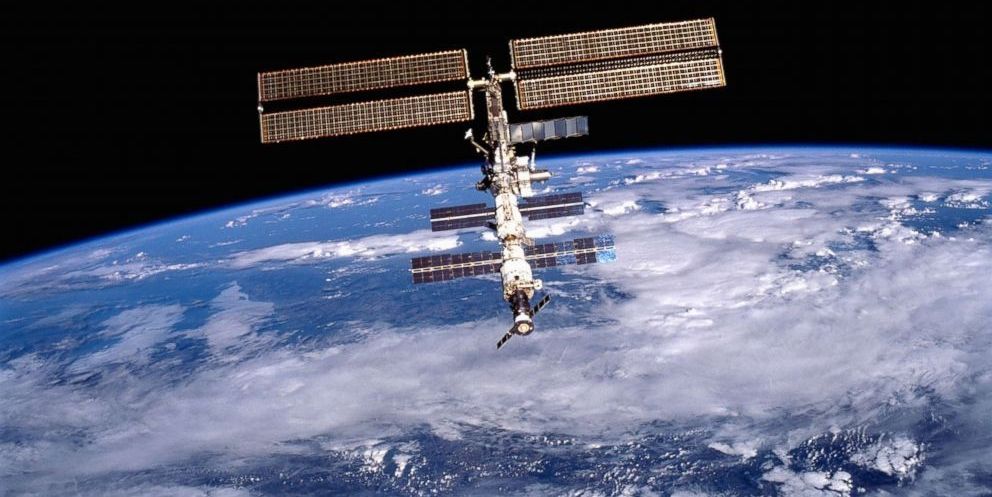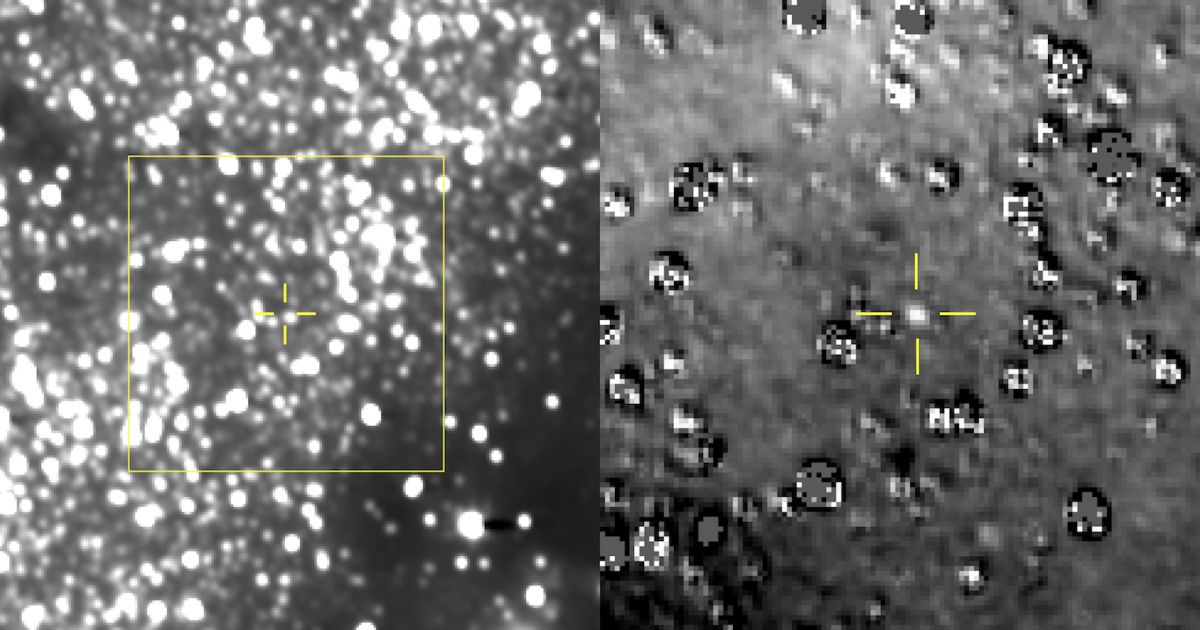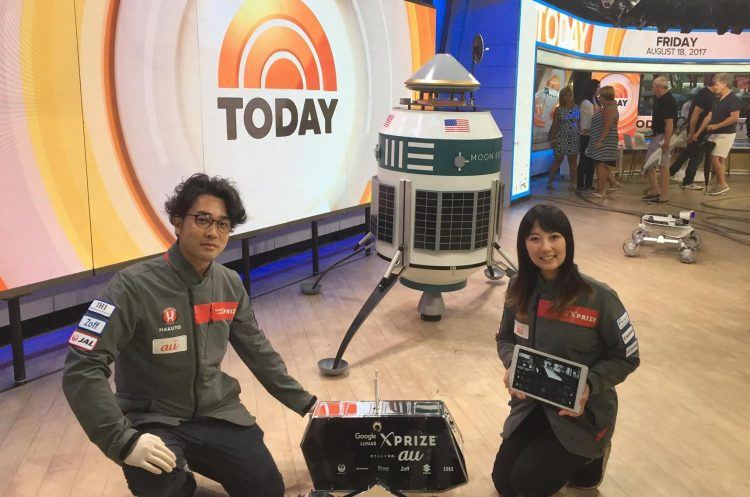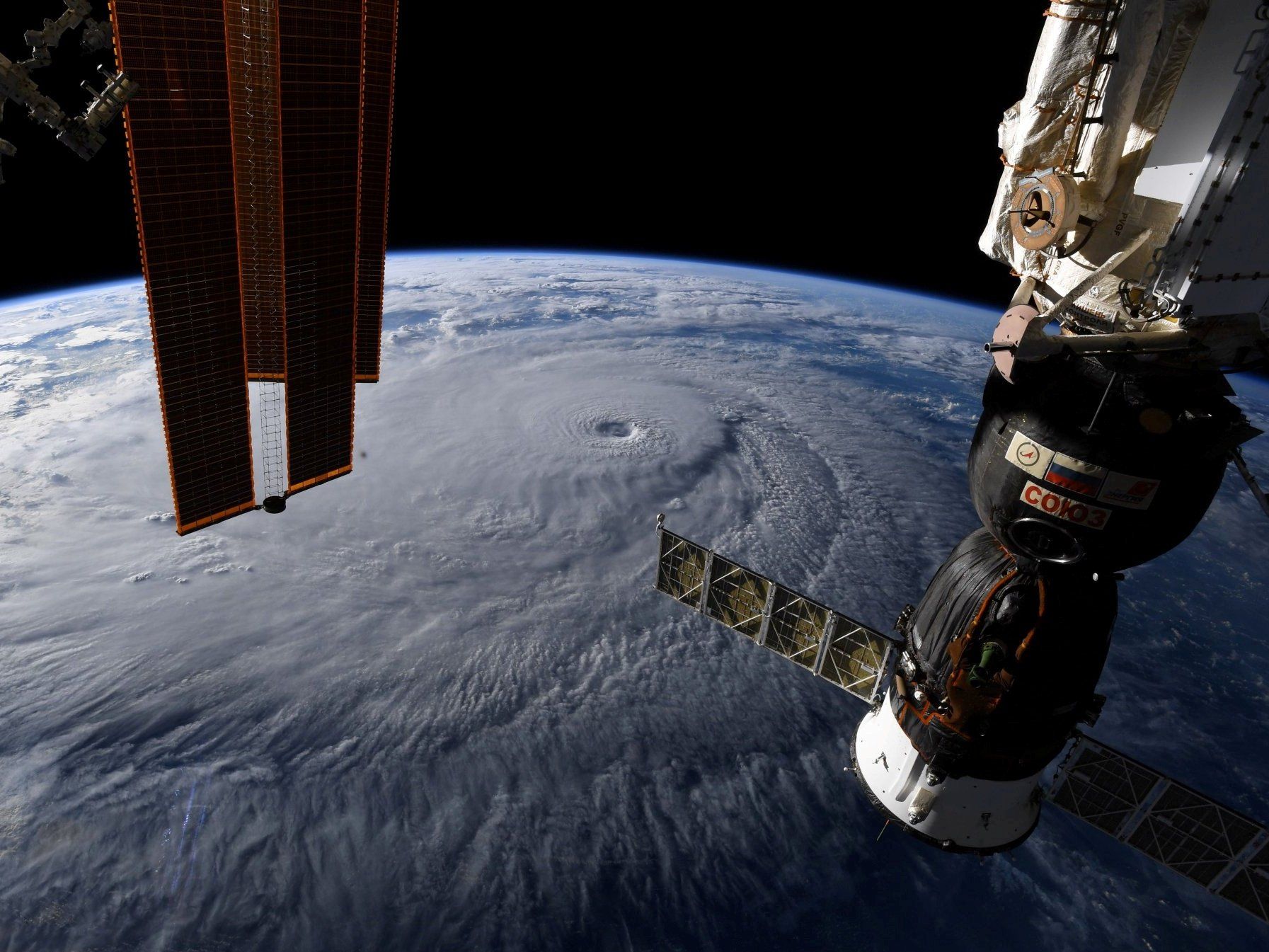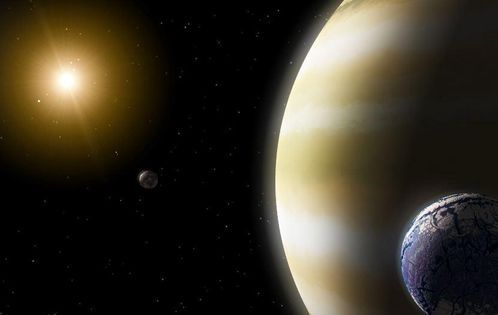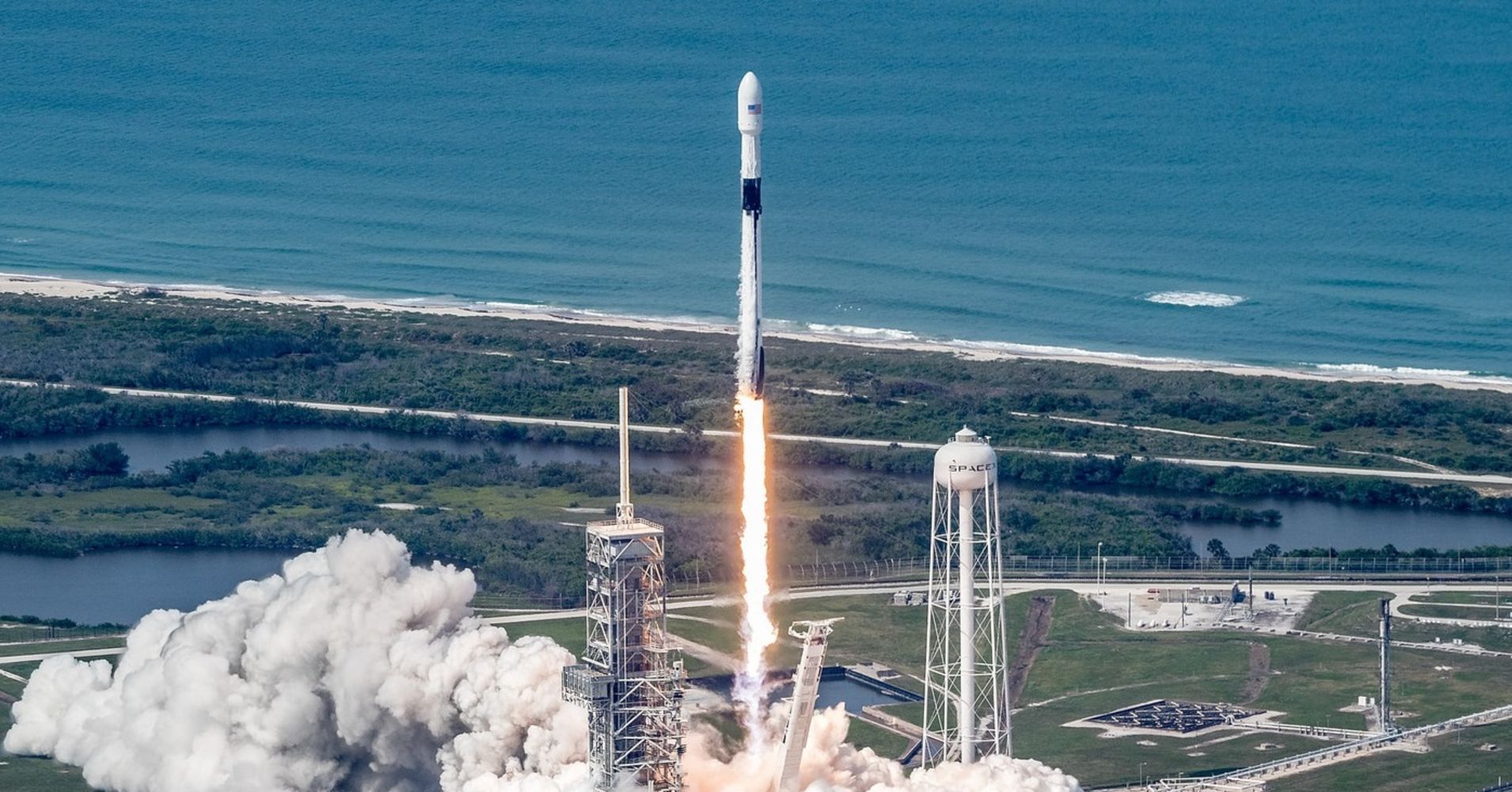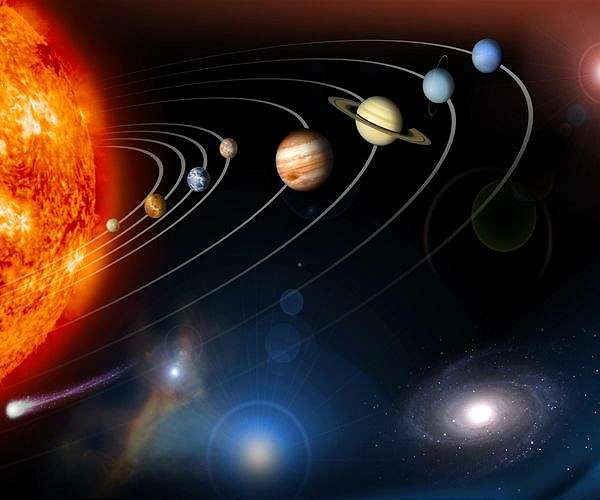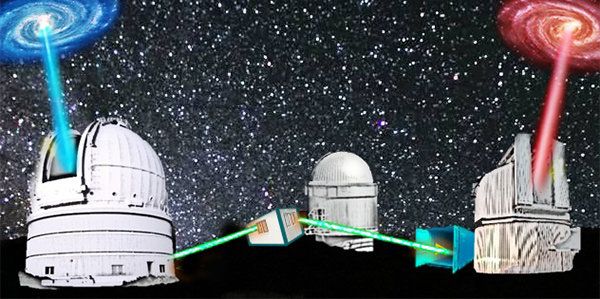Archive for the ‘space’ category: Page 857
Aug 30, 2018
Physicists Just Made the Most Precise Measurement Ever of Gravity’s Strength
Posted by Genevieve Klien in categories: physics, space
Gravity might feel strong if you drop a bowling ball on your feet, but is in fact the weakest force. Compare it to electromagnetism: the pull of all the Earth’s gravity can’t stop you from picking up a paperclip with a refrigerator magnet. That weakness makes gravity incredibly difficult to measure.
A team of scientists in China are reporting that they have now performed the most precise measurement of gravity’s strength yet by measuring G, the Newtonian or universal gravitational constant. G relates the gravitational attraction between two objects to their masses and the distance between them. The new measurement is important both for high-powered atomic clocks as well as the study of the universe, earth science, or any kind of science that relies on gravity in some way.
Aug 30, 2018
Small leak discovered on Russian side of International Space Station, NASA says
Posted by Genevieve Klien in category: space
Small leak discovered on Russian side of International Space Station, NASA says originally appeared on abcnews.go.com
A small pressure leak was discovered on the International Space Station, according to NASA.
Flight controllers at mission control centers in Houston and Moscow began seeing signs of the leak Wednesday night when the six-member crew aboard the orbital outpost were asleep. Flight controllers monitored the situation until the crew awakened at their normal time Thursday morning since they were in “no danger,” NASA said in a press release.
Continue reading “Small leak discovered on Russian side of International Space Station, NASA says” »
Aug 30, 2018
New Horizons snags image of distant Kuiper Belt target a month early
Posted by Genevieve Klien in category: space
After NASA’s New Horizons spacecraft collected a trove of data from its six-month-long flyby of Pluto, it set its sights on a much smaller object in the Kuiper Belt — an object dubbed 2014 MU69. Scientists believe MU69 will likely be a rather preserved outer solar system object, one that could provide clues as to how dwarf planets like Pluto may have formed billions of years ago. Now the New Horizons team reports that it has snapped a picture of its distance target and it did so weeks before MU69 was expected to be visible to the spacecraft.
New Horizons is still about 100 million miles away from MU69 and the researchers didn’t think they’d be able to see the small object with New Horizons’ onboard cameras until around mid-September. “We thought it’s worth giving it a shot a month early,” Hal Weaver, the lead scientist working with the New Horizons’ long distance camera, told the New York Times. Through a few dozen images, they were able to make out the very faint MU69, an object under 30-miles wide. Being able to see it will help scientists refine New Horizons’ trajectory, though since the object was right where they expected it to be, it appears the spacecraft’s path is already pretty spot on. “The whole team is jazzed now,” said Weaver.
The spacecraft is expected to reach MU69, also known as Ultima Thule, on January 1st, 2019. It will mark the first close-up exploration of a small Kuiper Belt object and will be the most distant exploration of a planetary body to date. “It really is like finding a needle in a haystack,” Weaver said in a statement about the images collected earlier this month. “In these first images, Ultima appears only as a bump on the side of a background star that’s roughly 17 times brighter, but Ultima will be getting brighter — and easier to see — as the spacecraft gets closer.”
Continue reading “New Horizons snags image of distant Kuiper Belt target a month early” »
Aug 30, 2018
They want moon landings to be a commercial reality — and that’s just the start
Posted by Klaus Baldauf in category: space
This article is part of Tech in Asia’s partnership with Disrupting Japan where we publish the revised transcripts from the show’s podcast interviews with Japanese entrepreneurs. This is heavily revised from the original transcripts. For the full interview, go here.
Aug 30, 2018
The International Space Station is leaking air
Posted by Chiara Chiesa in category: space
BREAKING.
NASA is working to contain a small leak onboard the International Space Station.
The issue appears to be contained and the people on board the station do not appear to be under any immediate threat. But it did trigger a real alarm through the floating lab, which sent astronauts scrambling to find the cause of the problem.
Continue reading “The International Space Station is leaking air” »
Aug 29, 2018
New Data On Exomoon Candidate Reveals ‘A Very Exciting Object’
Posted by Bill Retherford in category: space
Aug 28, 2018
Morgan Stanley can’t get clients to care but it thinks investing in space will be a very big deal
Posted by Klaus Baldauf in categories: finance, space
The space industry is dominated by private companies, but one of the biggest banks on Wall Street is telling clients to pay attention to coming investment opportunities.
Aug 28, 2018
NASA Langley collaborates with industry to develop space technologies
Posted by Chiara Chiesa in categories: business, economics, space
NASA is partnering with U.S. companies and small businesses to develop technologies that have the potential to significantly benefit the economy and future NASA missions.
Recent announcements of selections for the agency’s Tipping Point solicitation and Phase II of NASA’s competitive Small Business Technology Transfer (STTR) program include several proposals with NASA’s Langley Research Center in Hampton, Virginia.
NASA selected 10 Tipping Point proposals totaling approximately $44 million and Langley is a partner on one $3 million proposal. The agency also selected 20 research and technology proposals — valued at $15 million — from 19 American small businesses for STTR Phase II and Langley will manage three of the selected proposals totaling $2.25 million.
Continue reading “NASA Langley collaborates with industry to develop space technologies” »
Aug 27, 2018
Physicists race to demystify Einstein’s ‘spooky’ science
Posted by Bill Kemp in categories: computing, encryption, mobile phones, neuroscience, quantum physics, science, space
When it comes to fundamental physics, things can get spooky. At least that’s what Albert Einstein said when describing the phenomenon of quantum entanglement—the linkage of particles in such a way that measurements performed on one particle seem to affect the other, even when separated by great distances. “Spooky action at a distance” is how Einstein described what he couldn’t explain.
While quantum mechanics includes many mysterious phenomena like entanglement, it remains the best fundamental physical theory describing how matter and light behave at the smallest scales. Quantum theory has survived numerous experimental tests in the past century while enabling many advanced technologies: modern computers, digital cameras and the displays of TVs, laptops and smartphones. Quantum entanglement itself is also the key to several next-generation technologies in computing, encryption and telecommunications. Yet, there is no clear consensus on how to interpret what quantum theory says about the true nature of reality at the subatomic level, or to definitively explain how entanglement actually works.
According to Andrew Friedman, a research scientist at the University of California San Diego Center for Astrophysics and Space Sciences (CASS), “the race is on” around the globe to identify and experimentally close potential loopholes that could still allow alternative theories, distinct from quantum theory, to explain perplexing phenomena like quantum entanglement. Such loopholes could potentially allow future quantum encryption schemes to be hacked. So, Friedman and his fellow researchers conducted a “Cosmic Bell” test with polarization-entangled photons designed to further close the “freedom-of-choice” or “free will” loophole in tests of Bell’s inequality, a famous theoretical result derived by physicist John S. Bell in the 1960s. Published in the Aug. 20 issue of Physical Review Letters, their findings are consistent with quantum theory and push back to at least 7.
Continue reading “Physicists race to demystify Einstein’s ‘spooky’ science” »


